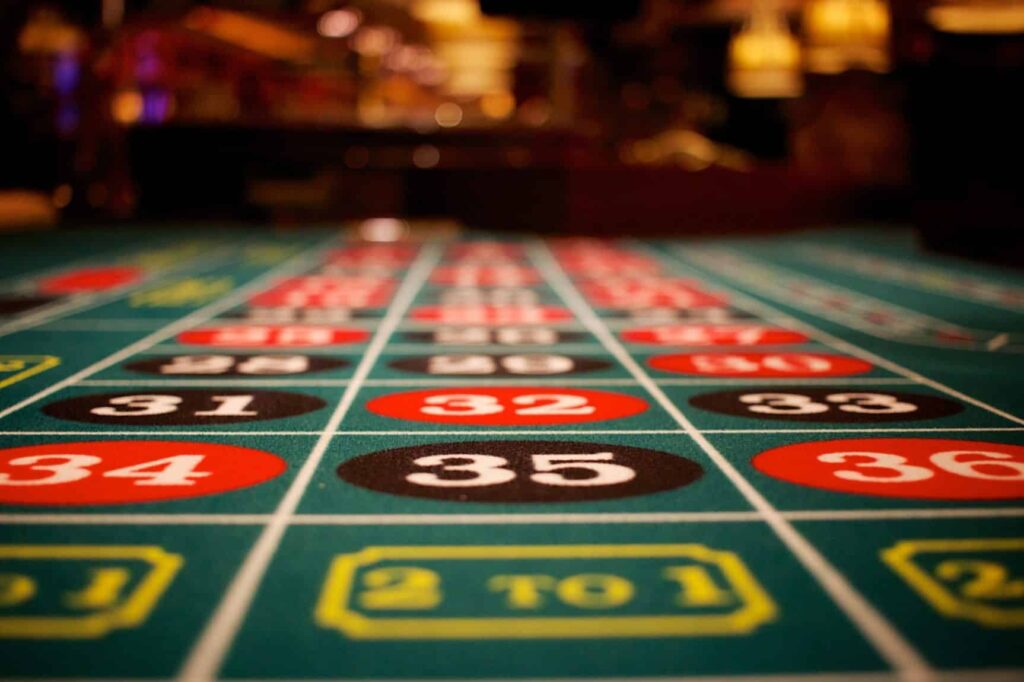The Dominance of Electronic Gaming Devices
Slot machines, video poker machines, and other electronic gaming devices play a pivotal role in the economic activity of casinos. In states like Iowa and South Dakota, these devices contribute significantly, sometimes up to 89 percent of annual gaming revenue. Particularly, spinning-reel slots stand out as profit juggernauts, surpassing pesowin table games and other forms of gambling.
The Enigma of Slot Machine Profitability
The reliability of slot machines as money makers for casinos raises questions about what makes them so profitable. One factor lies in the casinos’ ability to conceal the true price of playing slots, creating an enigma that even pesowin savvy gamblers may struggle to unravel.
Price Transparency and Demand
Economic theories suggest that when the price of something increases, the demand for it tends to decrease. However, this principle relies on price transparency, a concept prevalent in our day-to-day purchases. Unlike most transactions where we know the price beforehand, the true cost of slot machine wagers remains obscured, challenging the traditional laws of supply and demand.
The Casino Perspective on Price
Casino operators assess the price in terms of the average or expected house advantage on each player’s bet. This reflects the long-term edge built into the game, contributing to the casino’s profitability. However, for individual players, their limited interaction with the game results in a different pesowin perception of the “price.”
The Individual Player’s View of Price
From a player’s perspective, the cost of a spin is often considered the price. For instance, if a player bets $1 on a spin and receives no payout, that $1 is perceived as the price. Yet, this individual view does not align with the casino’s long-term advantage, creating a disparity in understanding the true cost of playing.
Evolution of Slot Machine Technology
Over the years, slot machine technology has undergone significant changes. Classic mechanical designs have given way to computer-controlled machines, but the fundamental game remains constant. Players still engage with a series of reels, hoping for winning combinations along the pay line.
Inner Workings of the Classic Slot Machine Design
The classic slot machine design involves an intricate configuration of gears and levers. A metal shaft supports the reels, connected to a handle mechanism that initiates the game. A braking system halts the spinning reels, and sensors relay reel positions to the payout system. Coin detectors register inserted coins, unlocking the brake for handle movement.
Key Elements in Slot Machine Mechanics
In a representative design, three reels mounted on a central shaft interact with notched discs and a kicker mechanism. The kicker comprises three paddles aligned to push against the notches on the discs. Connected stoppers, teeth locking into the notches, are also part of the system. Springs hold the kicker and stoppers in standby positions, ready for player interaction.
Understanding the mechanics of slot machines unveils the complexity behind the seemingly simple act of pulling a handle. The interplay of these components contributes to the allure and profitability of slot machines in the pesowin casino landscape.




